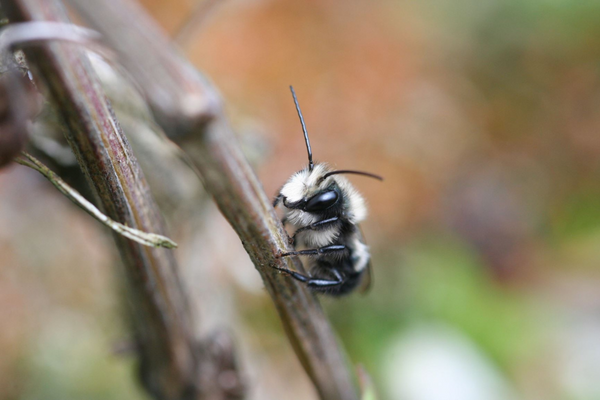The three species of squash that we offer represent a wide variety of shapes and colours. Each will cross-pollinate readily within their species. For instance, all C. pepo will cross-pollinate with each other, but not with C. maxima or C. moschata. For people who want to save their seeds, this is a very important consideration. The fruits themselves will not be affected by cross pollination, but the seeds inside will be, so squash need to be grown in isolation from other members of their species if seed saving is the goal. Continue reading below for more information on how to grow squash from seed.
Continue Reading

















